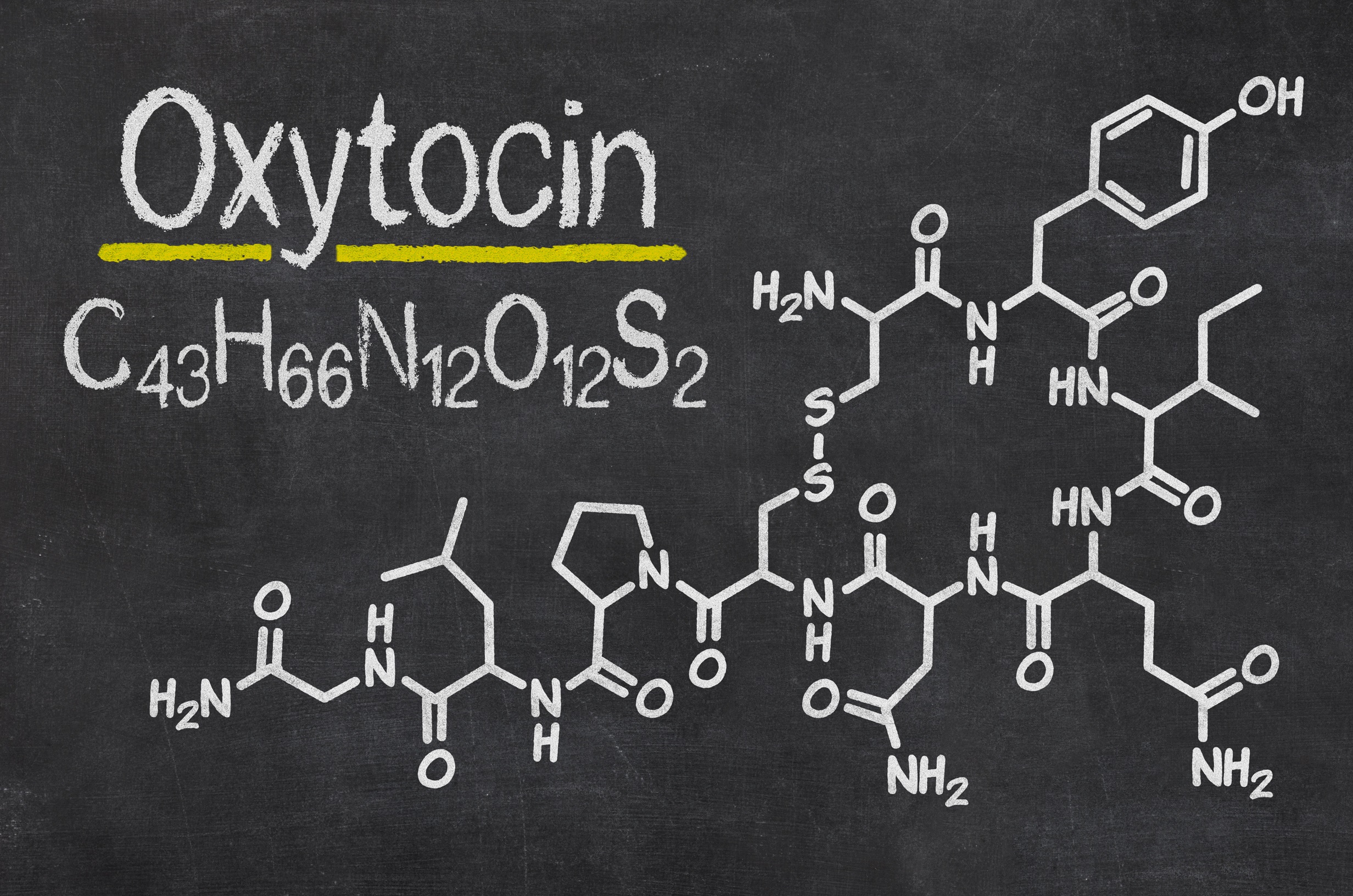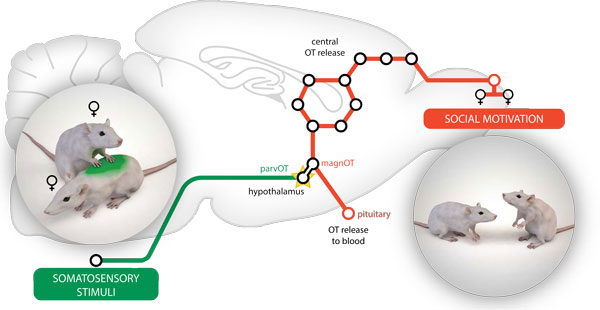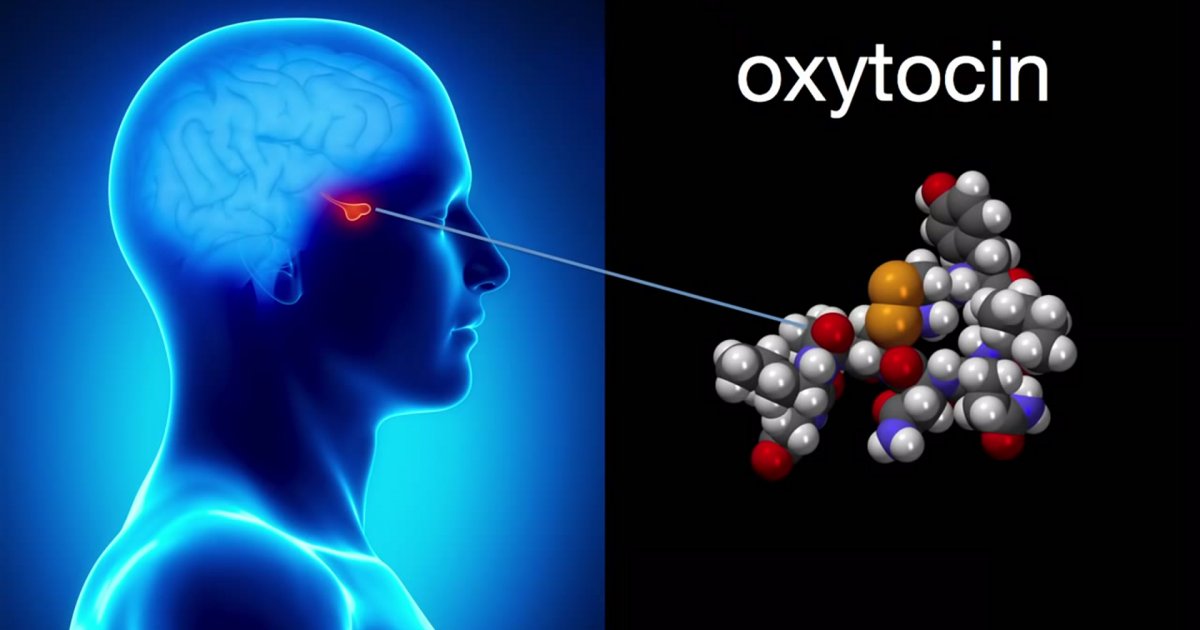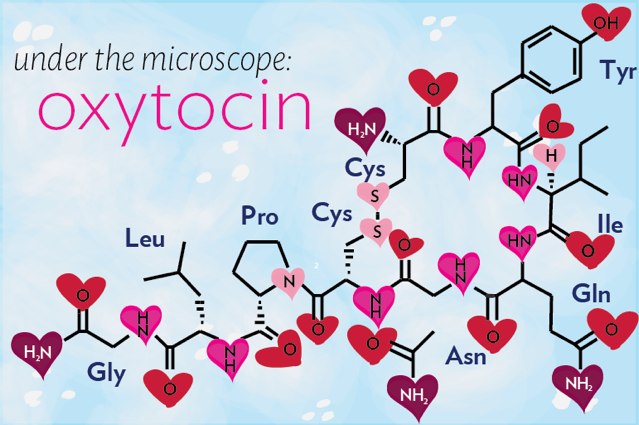Oxytocin promotes
Table of Contents
Table of Contents
Did you know that touch therapies involving Oxytocin can greatly improve parent-child attachment and bonding? It’s true! Oxytocin, also known as the “love hormone,” plays a crucial role in our social and emotional lives. Read on to learn more about how touch therapies using Oxytocin can benefit both parents and children.
The Importance of Oxytocin and Touch Therapies for Improving Parent-Child Attachment and Bonding
Many parents struggle with creating strong bonds with their children, especially if they are dealing with postpartum depression or have experienced a traumatic birth. But Oxytocin, a hormone produced by the hypothalamus, can help alleviate these issues. Oxytocin is released through touch and other positive social interactions, and it plays a significant role in creating strong emotional bonds.
One of the primary functions of Oxytocin is to create a sense of trust and closeness between individuals. When parents engage in touch therapy with their children, such as through skin-to-skin contact or breastfeeding, the release of Oxytocin helps to promote a sense of emotional attachment, which can have long-lasting benefits in the parent-child relationship.
Personal Experience with Oxytocin and Touch Therapies
As a new mother, I was experiencing postpartum depression and having difficulty bonding with my newborn. My therapist recommended touch therapy with my child, including regular skin-to-skin contact and massage. The release of Oxytocin during these sessions greatly improved my mood and helped to create a stronger emotional bond with my child. I can attest to the power of Oxytocin and touch therapies in improving parent-child attachment and bonding.
The Science behind Oxytocin and Touch Therapies
Studies have shown that touch therapies involving Oxytocin can reduce stress, anxiety, and depression in both parents and children. In addition, these therapies can help alleviate symptoms of post-traumatic stress disorder (PTSD) in both adults and children. Oxytocin has also been shown to increase empathy and communication skills, which can further strengthen the parent-child bond.
How Does Oxytocin Work?
Oxytocin works by binding to oxytocin receptors in the brain, which triggers a cascade of physiological responses. This includes the release of dopamine, endorphins, and serotonin, which help to create a sense of pleasure and well-being. The release of Oxytocin also helps to reduce the stress hormone cortisol, which can lead to a greater sense of calm and relaxation.
How Can Oxytocin and Touch Therapies Be Incorporated into Daily Life?
There are many ways to incorporate Oxytocin and touch therapies into your daily life. For new parents, skin-to-skin contact is an excellent way to promote the release of Oxytocin and create a strong emotional bond with your child. Gentle massages, cuddling, and holding hands can also help to promote the release of Oxytocin and strengthen the parent-child relationship.
Question and Answer
Q: Are there any risks associated with Oxytocin and touch therapies?
A: While Oxytocin is generally considered safe, there is a risk of overdose or side effects if taken in excessive amounts. As with any therapy, it is essential to speak with your physician or therapist before starting any Oxytocin-based treatments.
Q: What if I am not able to breastfeed?
A: There are still many ways to promote the release of Oxytocin without breastfeeding. Skin-to-skin contact, gentle massages, and cuddling can all help to create a strong parent-child bond.
Q: How long does it take to see the benefits of Oxytocin and touch therapies?
A: The benefits of Oxytocin and touch therapies can be seen almost immediately, though it is essential to maintain regular sessions to derive the most significant benefits.
Q: Can Oxytocin and touch therapies benefit children of all ages?
A: Yes, Oxytocin and touch therapies can be beneficial for children of all ages, though the methods used may vary depending on the child’s age.
Conclusion of Oxytocin and Touch Therapies for Improving Parent-Child Attachment and Bonding
Oxytocin and touch therapies can have powerful effects on parent-child attachment and bonding, helping to create strong emotional bonds that can have long-lasting benefits. By incorporating Oxytocin-based therapies into daily life, parents can promote reduced stress, anxiety, and depression, while strengthening the emotional connection between themselves and their children.
Gallery
Why Oxytocin Is Key To Feeling Good Postpartum | Feel Good Therapies

Photo Credit by: bing.com / oxytocin postpartum
Oxytocin During Pregnancy | Oxytocin Injection During Pregnancy

Photo Credit by: bing.com / oxytocin pregnancy
Social Touch Promotes Communication Via Oxytocin | Human Frontier

Photo Credit by: bing.com / oxytocin promotes
» Human Touch And Our Internal Connection To Beauty Beauty Blog

Photo Credit by: bing.com / oxytocin hormone hug gland brain released porn ted stress pituitary beauty releases when forth author young gary wilson effects talk
Love Hormone May Enhance Compassion Of People Suffering From PTSD

Photo Credit by: bing.com / oxytocin molecule hormone tattoo chemistry ptsd autism tattoos suffering compassion enhance people amor tumblr chem affairs current stress need sott




